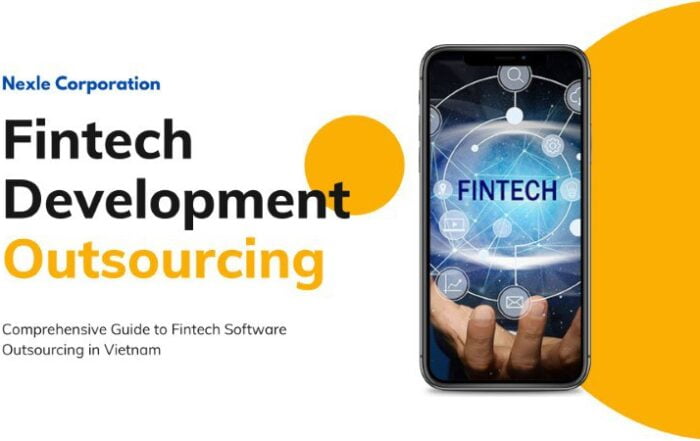eCommerce application development is a fast-growing field. It uses digital platforms to enable online shopping. Businesses now need to create eCommerce web applications to reach global customers and meet their needs.
The eCommerce industry is experiencing rapid growth, emphasizing the significance of eCommerce app development. In this discussion, we will delve into building eCommerce applications similar to Amazon, emphasizing the notable industry changes. Furthermore, we will uncover the anticipated expenses associated with app development and examine the essential features crucial for the success of your eCommerce app.
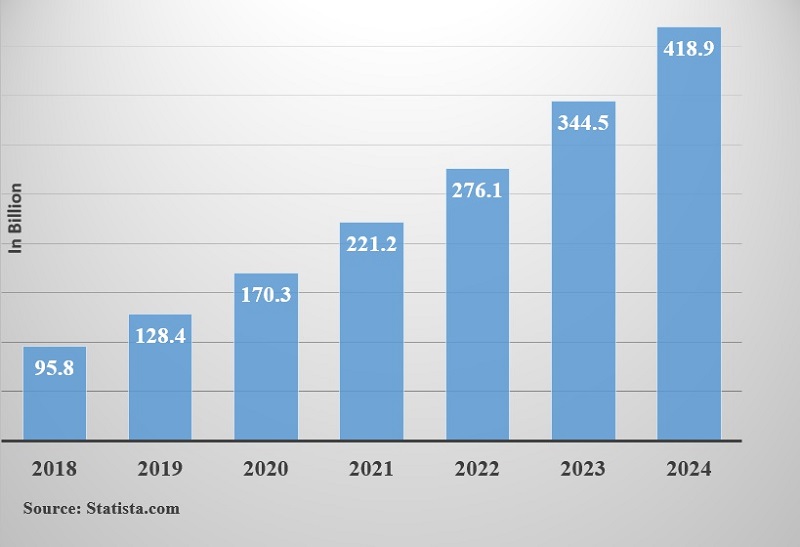
Mobile eCommerce sales in the United States are forecast to reach $400 billion by 2024
eCommerce Applications Use Cases
To create a successful eCommerce application for your business, it’s important to grasp the various eCommerce applications. Understanding each type helps develop a sustainable and profitable business model.
In this narrative, we will discuss seven different types of eCommerce app development. These strategies have been utilized by successful individuals worldwide.
Aggregator eCommerce App
Commerce aggregators, whether they’re mobile apps or websites, serve as convenient platforms for customers. Their purpose is to gather deals from various companies and present them in one accessible place. This allows users to effortlessly compare goods or services from different sources and easily make the best choice. By utilizing these eCommerce platforms, consumers can save valuable time and effort. Additionally, these platforms pose a challenge for businesses as they intensify competition in the market.
These aggregator eCommerce sites handle payments, orders, and customer service, allowing you to concentrate on creating and selling products. Examples of well-known aggregator eCommerce sites include Amazon, eBay, Etsy, and Shopify.
B2B eCommerce Application
B2B eCommerce involves business marketing and selling products to each other online. This sales model has seen impressive growth, with U.S. manufacturers and distributors experiencing a significant increase in total B2B sales in 2022. Sales reached 14.86 trillion, representing a notable surge of 14.5% compared to the previous figure of 12.98 trillion.
The current landscape presents a favorable opportunity for anyone interested in creating a B2B eCommerce application.

B2B eCommerce Application Development
B2C eCommerce Apps
Mobile applications prove to be a valuable tool in captivating and retaining consumers on mobile devices. This increases the visibility of your website, ultimately leading to higher revenue generation.
B2C mobile application development can greatly improve businesses’ technological accessibility. It acts as a bridge, connecting companies with their end customers. Whether you’re a large enterprise or a startup, investing in B2C mobile app development is something worth considering.
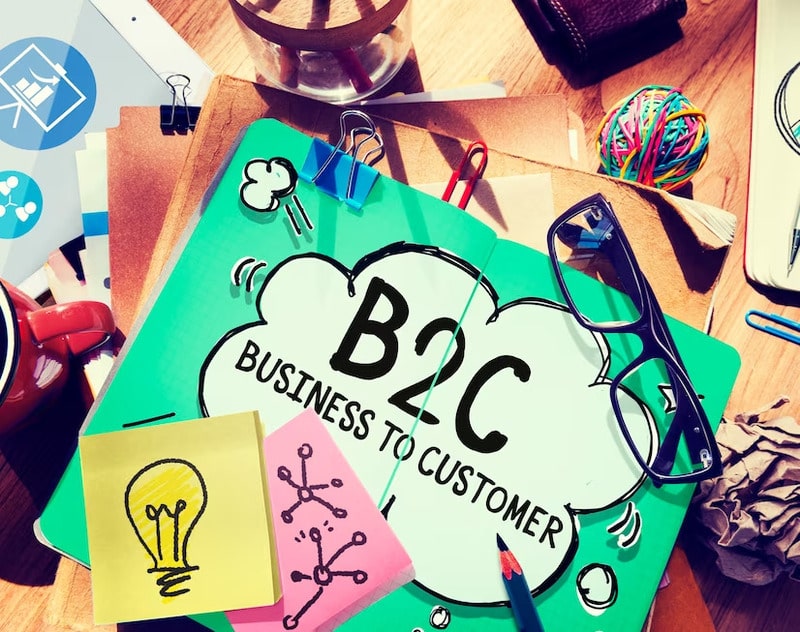
B2C eCommerce app development
C2C eCommerce App
C2C business models enable direct buying and selling among customers online. Their popularity is growing due to low operating costs, suggesting continued expansion.
eCommerce application development enables individuals to sell goods and services via the application.
C2B eCommerce Application
C2B eCommerce is when consumers sell their goods, services, or information directly to businesses. In this model, businesses make purchases instead of selling to customers. A C2B web application helps individuals and small business owners sell their goods, services, or ideas to large corporations or individuals.
Ticketing and Booking eCommerce App
eCommerce application development for ticket sales and reservations refers to the process of creating online platforms. These platforms enable consumers to book and purchase tickets, reserve seats, and manage schedules through mobile apps or web apps. This type of eCommerce is particularly useful for events, trips, services, conferences, and other activities that require effective time management and booking.

Ticketing and Booking eCommerce App
Auction/Bidding eCommerce Application
The eCommerce Auctions app allows users to engage in online auctions and make price proposals or bids for products and services. It provides features like product display, auction creation, bid management, deadlines, and automatic alerts for auction results.
How to Build an eCommerce App with 8 Easy Steps
Developing eCommerce applications requires significant time and effort. Let’s delve into the detailed procedures for successfully creating an online shopping app for your business:
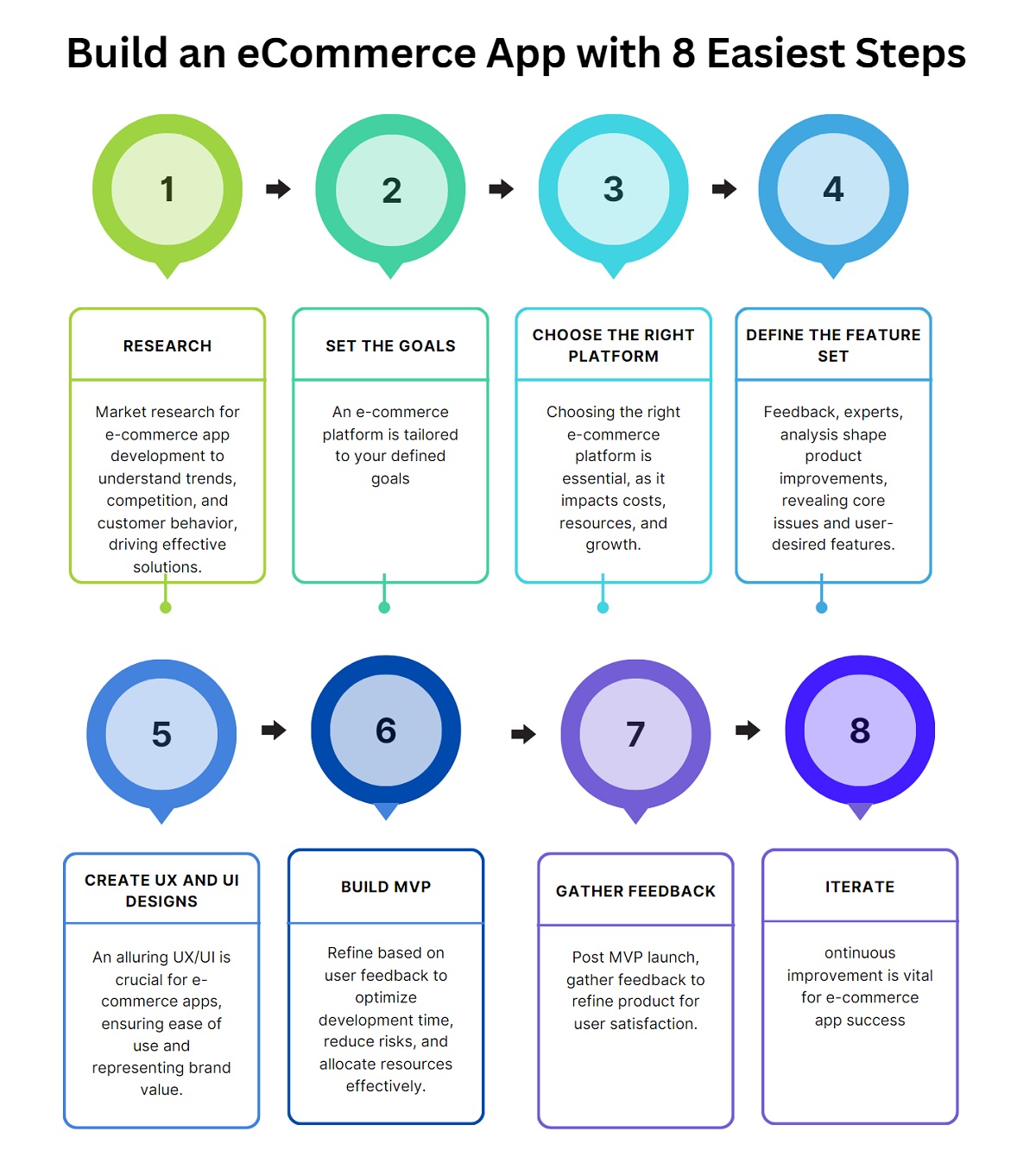
Read more: Healthcare Web Development: Use Cases and In-depth Guide (2023)
Step 1: Research
Market analysis represents a crucial process in understanding the ever-changing patterns, requirements, and competitiveness in the field of eCommerce app development. It entails thorough examination of rivals, effective business strategies, customer conduct, and diverse market dynamics. The comprehensive understanding derived from market research empowers us to identify the most effective development approach, thereby ensuring significant benefits for our clientele.
Step 2: Set The Goals
eCommerce platform is designed based on the main goals you establish for it. Here are some key questions you must answer to establish an exact goal:
- What problem is your platform trying to solve?
- Which outcomes will make this project successful?
- What obstacles or difficulties might hinder the accomplishment of this project?
- Does a long-term plan for eCommerce application development?
Step 3: Choose The Right Platform
Choosing the right eCommerce platform for your business is akin to constructing a sturdy base for a building. Each platform presents unique attributes, advantages, and costs. Picking an unsuitable platform could lead to squandered finances, escalated expenses, and overlooked chances for expansion.
In order to embark on the development of an eCommerce application, it’s imperative to thoroughly understand your organization’s unique requirements. Prioritize budget considerations for development, and carefully select a CMS, database, and adaptable framework.
After analyzing the details provided, you can weigh the options of building a mobile eCommerce app for iOS, Android, or both. Also, take into account the decision to simultaneously develop an additional eCommerce web application.
Transforming your vision into a thriving product hinges on the pivotal tech stack. This amalgamation comprises intricate elements like the frontend, backend, platform with a library and interface, and technologies essential for ensuring application security and performance. Additionally, diverse platforms such as Android, iOS, or multi-platform apps demand the utilization of distinct programming languages. Hence, if your goal is to develop an eCommerce application, you should seek the counsel of technological professionals.
Step 4: Define the Feature Set
After gathering ample information from customer feedback, expert opinions, competitive analysis, and assessing necessary changes, a clearer understanding will emerge regarding the problems that the product should address and the features that will meet users’ satisfaction.
Step 5: Create UX and UI Designs
Creating an attractive UI/UX is important for every eCommerce app. It ensures user convenience and usability while showcasing the business’s identity and worth in the market. By incorporating user flows, simple screen layouts, and interactive designs, you can develop an appealing and efficient e-commerce app. Adding attractive colors, implementing smooth page transitions, and making a lasting impression on users right from the start are all key elements.
Step 6: Build MVP
In the development of e-commerce products, it is crucial to list the most important features first. During the Minimum Viable Product (MVP) phase, the focus should be on dedicating efforts to these key functions. Instead of deploying a complete version right away, a more prudent approach would be to conduct continuous reviews in order to make necessary adjustments and refine the product.
MVP serves not only to gain valuable insights about user feedback but also to prioritize efficiency in development, mitigate risks, and optimize resource utilization.
Step 7: Gather Feedback
Once your eCommerce application’s minimum viable product (MVP) is developed and launched, a significant milestone in the development process is achieved. However, it is important to acknowledge that the journey ahead remains challenging, requiring focused attention to ensure that your product genuinely fulfills the needs and desires of users.
After releasing the MVP, feedback is collected from customers to gain insights on their real-life interactions with the app. This process allows for the identification of strengths, weaknesses, and areas for improvement. By gathering feedback, a deeper understanding of user preferences and challenges is attained, enabling the adjustment of development strategies and fostering positive interactions between the product and its users.
Step 8: Iterate
The ability to repeat and continuously improve is the key to the success of e-commerce applications. If we look at the leaders in eCommerce, such as Amazon, eBay, Frys, etc., we’ll see that design never stands still at one point. Instead, the apps will constantly develop and update features to adapt to the constantly changing markets and the changing needs of users. This has shown the importance of flexibility and readiness to change in eCommerce app development.
Benefits of eCommerce App Development Services
Using eCommerce application development services offers an overwhelming range of benefits:
- High expertise: Obtain professional assistance in eCommerce app development to guarantee expertise in creating an exceptional product.
- Saving Time and Resources: Outsourcing web app development conserves crucial business time and resources, enabling a focus on other key activities.
- Cost optimization: Utilizing app development services can reduce expenses when contrasted with developing and upholding an internal development team.
- Take advantage of experience: Professional developers bring extensive e-commerce app expertise, steering clear of pitfalls and embracing best practices.
- Customized and flexible: Customized eCommerce app development meets specific business needs with integrated features and interfaces.
- Fast development: By harnessing expertise and refining approaches, professionals accelerate development, ensuring efficient product launches.
- Continuous support: eCommerce app development services usually offer ongoing assistance post-deployment to promptly address any issues.
- Focus on the core of the business: By entrusting application development to experts, businesses can divert attention towards their fundamental objectives while maintaining a streamlined focus.
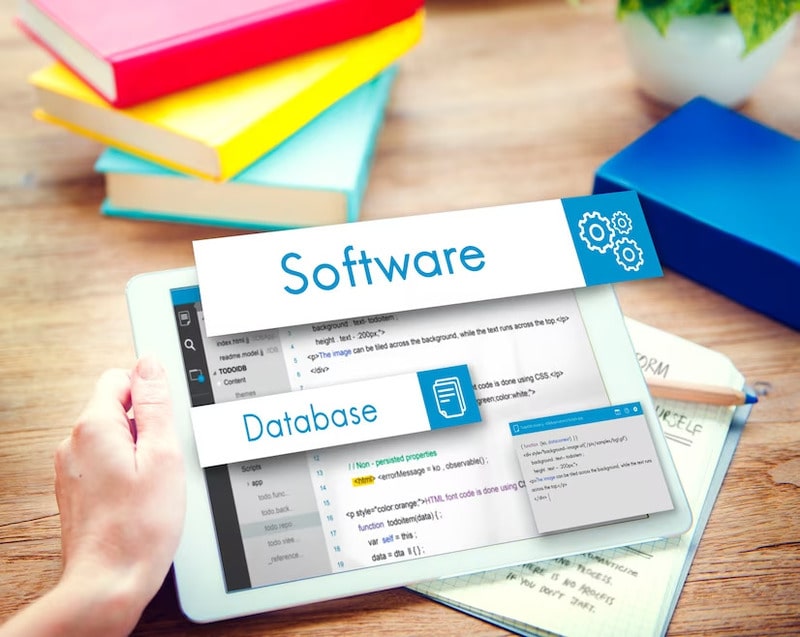
How much does it cost to develop an eCommerce App?
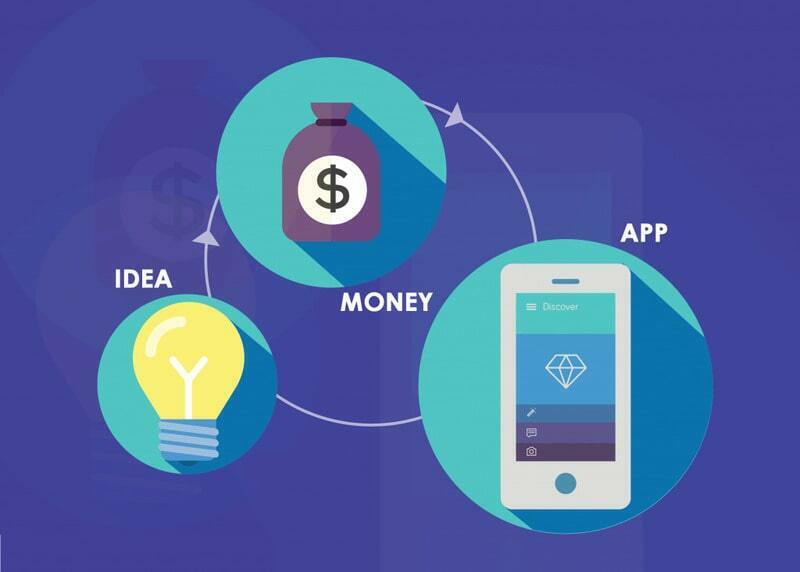
How much does it cost to develop an eCommerce App
The cost of creating an eCommerce app relies on various factors. These include the project’s size and scope, UI UX design, integration with other systems, development scale and location, and the chosen type of application development business.
A complicated eCommerce application development project with high-end features and integrations can cost tens of thousands or even hundreds of thousands of dollars.
The future of business is being shaped by the current digital revolution, where eCommerce app development plays a crucial role. Creating a powerful eCommerce application not only leads to significant progress in a competitive environment but also enhances opportunities for meaningful customer interaction.
Nexle Corporation understands the importance of providing excellent customer experiences. For over a decade, we have been developing top-notch eCommerce mobile and web applications for clients worldwide, including Canada, the USA, Australia, and Japan. We take pride in being a trusted software company based in Vietnam. Our commitment is to support you in creating and enhancing exceptional eCommerce applications that meet the demands of today’s competitive market. Don’t hesitate to reach out to us for guidance.
Table Of Content


